People used to think that there are six universal facial expressions, but scientists have come up with a longer facial expressions list that consists of 21 distinct emotions. We are not going to discuss complicated expressions like happily disgusted and angrily surprised, instead, we'll list 15 commonly seen facial expressions and their meanings. See if you can identify these facial expressions in people around you.
15 Common Facial Expressions and Their Meanings
Confusion
This expression is often shown by the scrunching of the forehead and nose, sometimes with one raised eyebrow, and lips pursed together. Confusion or lack of understanding creates an expression that shows increasing efforts to understand, which tends to be accentuated more around one’s eyes and nose.
Surprise
A person looks surprised when they have widened eyes and a gaping mouth. This emotion is also related to shock and fear. It is one of the instinctual facial expressions we make. We are usually not consciously when we make this face since it is an instantaneous reaction. It makes our eyes widen with our pupils growing bigger so that we can react more quickly.
Shame
Shame is universal expression that is seen when the eyes are turned downward with a sad or worried look. The head usually faces down, frowning or with a neutral mouth. This expression is closely associated with submission, defeat or admission of loss.
Focus
Concentration or focus is a facial expression that can vary depending on the situation. A person who is focused on a task usually has their eyes fixed on it. His tongue may twist (unconsciously) and move side to side. However, one who is focused on a certain thought may look upward or have their eyes averted to one side with less blinking.
Exhaustion
When one is exhausted, he may have half-open eyelids, but raised eyebrows to try to stay awake. It signifies weariness and lack of rest, thus indicating one’s level of functionality and amount of energy.
Anger
This is a universal emotion that is usually demonstrated by eyebrows squeezed together, forming a crease, with eyelids tight and straightened. An angry person’s head is slightly lowered with the eyes looking through the lowered brow. The facial expression is tense, strained, and parallels the strain one feels inside.
Seduction
Seduction is defined as enticing someone to engage in some behavior, usually sexual. Seductive facial expressions tend to vary, but some features are relatively constant. The eyes are intensely fixed on another person, sometimes slightly narrowed as if focusing on some object. The lips may be pursed or slightly apart. Head tilting to one side is common, thus exposing the neck. The eyes are attention-grabbers and a look of intensity is usually attractive. Increased eye blinking and a faint smile add to the seductive appearance.
Fear
Fear is expressed with widened eyes and slanted eyebrows that go upward. One’s mouth is usually slightly open. The facial expression is like surprise, which is associated with instinct and a desire to escape or avoid something. This facial expression increases sensory perception and helps one to avoid a threatening situation by enhancing the capacity of their senses.
Sadness
Sadness is usually displayed by a frown and upward slanting of the eyebrows. It is usually coupled with feelings of helplessness and loss. The facial expression is common in people who are withdrawn. The face droops downward, but not accentuating specific areas. Sadness indicates defeat, like giving up or not attempting to engage with others.
Happiness
This is perhaps the most universal expression that is interpreted with the same meaning across various cultures. It is expressed with a smile and crescent-shaped eyes that may be demonstrated even by infants. Although one may show his teeth in a smile, it does not depict intimidation, but shows that one is feeling well. Smiles are typically inviting because they show some degree of self-sufficiency or strength.
Disgust
People may display disgust in various ways, but a typically disgusted person may have his eyebrows pulled down and his nose wrinkled. The upper lip may be pulled up but in general, the lips stay loose.
Contempt
This emotion is similar to anger, but it is the only facial expression where one has a unilateral (one-sided) expression, with one lip corner pulled up and back. The eyes stay on a neutral position.
Frustration
Frustration is a variation of anger or determination as one struggles with a challenge. The facial expressions may vary and some may have inward slanting eyebrows that are squeezed into a wrinkle, raised chins, lips pressed together, mouth twisted to one side, with a crease on the cheek.
Boredom
A bored facial expression is shown by half-open eyelids, just like the face of a tired person. The difference is the raised eyebrows, which shows a feeling of dissatisfaction or a lack of excitement. A slightly puckered side placement of the mouth may also be present.
- 1.


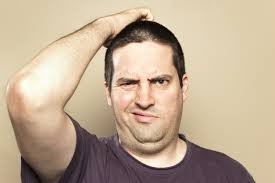
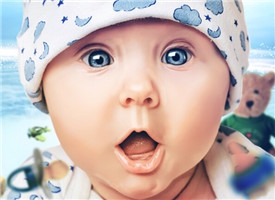
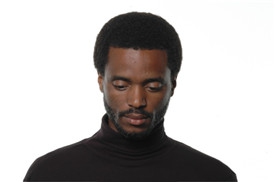
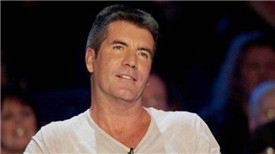


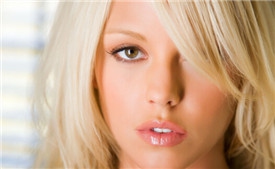
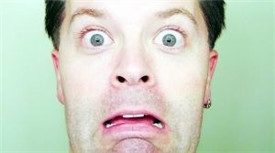
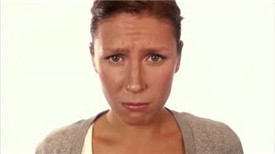
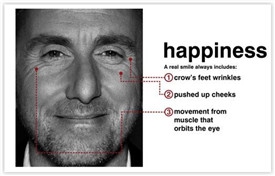
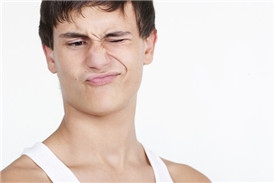
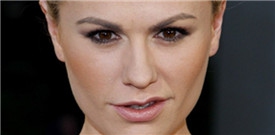

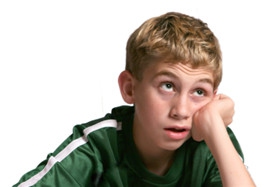
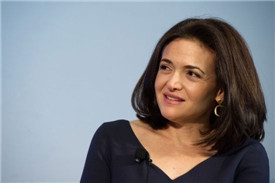
View All Comments /Add Comment